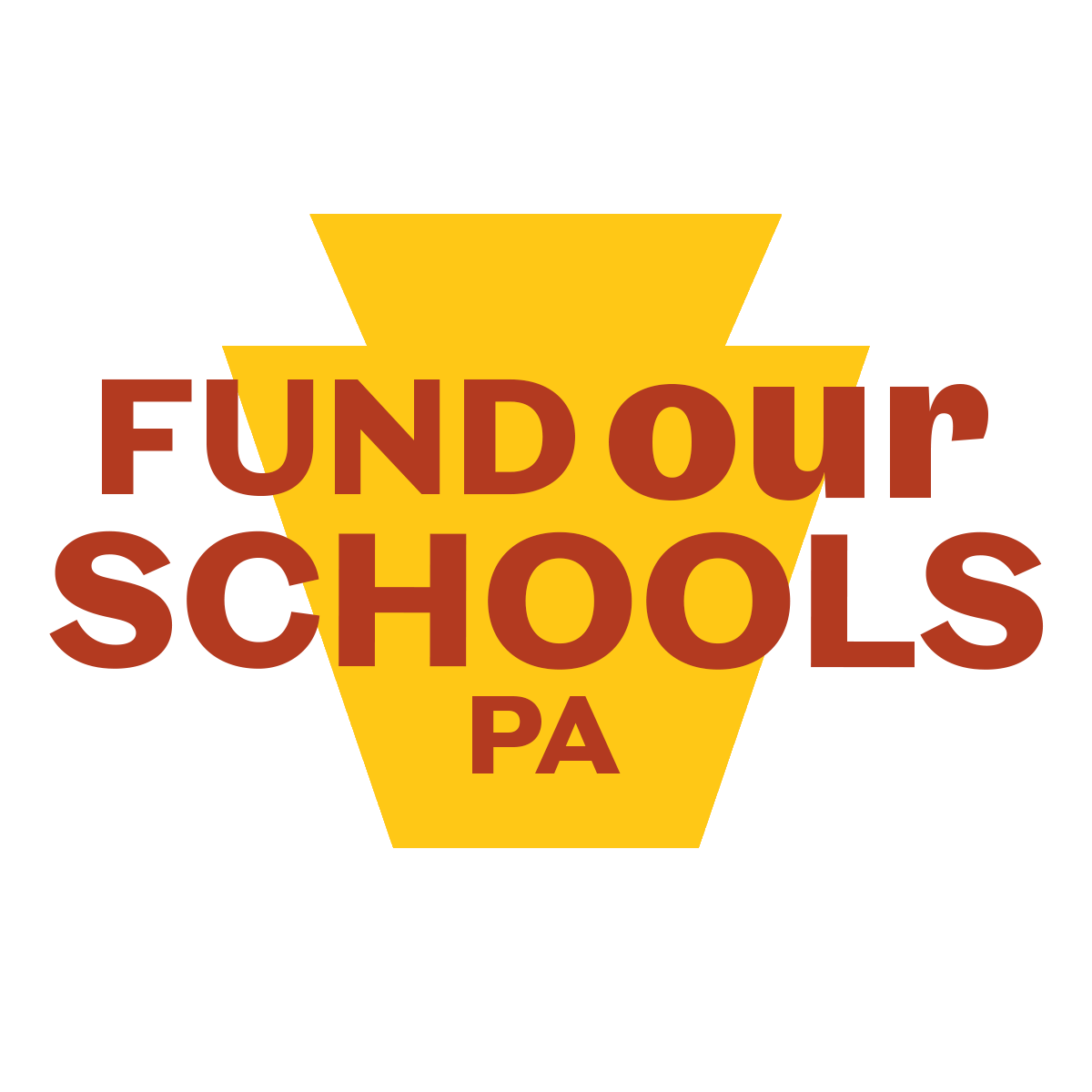William Penn School District et al. v.
Pennsylvania Department of Education et al.
In 2014, six Pennsylvania school districts, the Pennsylvania Association of Rural and Small Schools, the NAACP-PA State Conference, and a group of public school parents filed suit in Pennsylvania Commonwealth Court against state legislative leaders, state education officials, and the governor for failing to uphold the General Assembly’s constitutional obligation to provide a “thorough and efficient” system of public education. The districts—William Penn, Greater Johnstown, Lancaster, Panther Valley, Shenandoah Valley, and Wilkes-Barre Area—and other petitioners are represented by the Education Law Center of Pennsylvania, the Public Interest Law Center and O’Melveny.
Pennsylvania students finally had their day in court. A four-month trial in the case took place in Commonwealth Court in Harrisburg starting November 12, 2021.
The case for fair school funding
All kids deserve a high-quality public education. But legislative leaders in Harrisburg have created a school funding system where the students who need the most get the least, because of where they live.
Low-wealth Pennsylvania school districts have $4,800 less to spend per pupil on students than wealthy school districts—and this gap, one of the widest in the country, is growing. This wide gap reflects the deep inequality between communities in Pennsylvania, which has some of the starkest resource disparities across school district borders in the country. More than 50 percent of Black students and 40 percent of Latino students attend districts in the bottom 20 percent of local wealth.
Across Pennsylvania, according to a benchmark written into state law, public schools need $4.6 billion in additional funding to be able to give all of their students a shot at reaching state academic standards. And 277 districts—urban, suburban, and rural—need more than $2,000 in additional funding per student to reach the funding level they need.
This underfunding isn’t some abstract principle. It determines which kids get what they need, and which kids do not. It is teachers and counselors. Nurses and librarians. Computers and STEM labs. Art and music. Smaller class sizes and remedial help for children who are struggling to learn. In Pennsylvania, local wealth shapes everything kids need in school to reach their full potential.
That’s wrong. How did we get here?
Pennsylvania is more reliant on local property taxpayers to fund schools than all but six other states, with only 38 percent of funding coming from the state level. Property taxpayers in lower-wealth districts are trying to make up the difference: they actually pay higher tax rates than those in wealthy districts. But it’s not enough, and every year, these districts struggle to meet the needs of their students, who are more likely to live in poverty, or speak English as a second language.
Unless the state of Pennsylvania steps up and pays its fair share, inequality will continue to grow in Pennsylvania public schools, and hundreds of thousands of students will continue be denied the promise of American public education because of where they are born.
The General Assembly in Harrisburg has the power to address this problem by making sure all kids can receive an education that gives them the chance to reach their potential, whether or not they live in a wealthy community. It is their duty to do so, according to the Pennsylvania state constitution, which requires the legislature to provide for a “thorough and efficient system of public education.” But for decades, they have failed to fulfill that duty. The result is a system so unequal that it violates the state constitution’s guarantee of equal protection under the law, a system that fails to ensure that every student even gets the basics, let alone the support they need to thrive in the 21st century.
So school districts and families took them to court. They are asking for sustained, substantial new investments in state funding for public education, distributed based on need, so that local wealth no longer determines whether Pennsylvania students receive a quality public education.
Trial began in Commonwealth Court on November 12, 2021 with opening statements and concluded with closing arguments on March 10, 2022. Court heard testimony from more than 30 witnesses—educators, graduates, experts and more. Post-trial oral argument was held on July 26, 2022.
On February 7, 2023, in a historic victory for students, Commonwealth Court declared that Pennsylvania’s school funding system is unconstitutional.
Read up on the case throughout this website, or check out our documentation in full:

